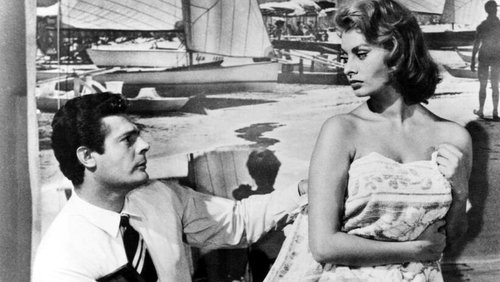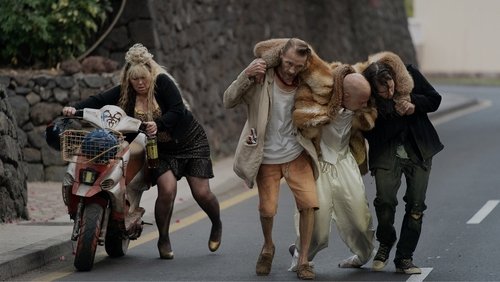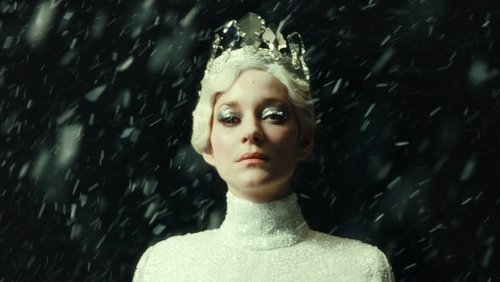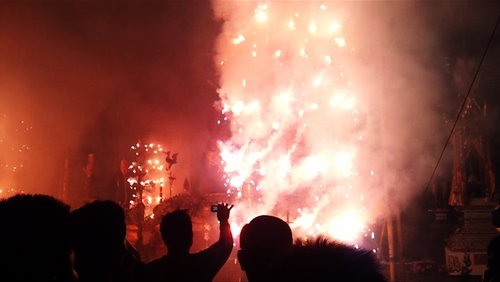Fräulein Julie (1951)
36KFräulein Julie: Directed by Alf Sjöberg. With Anita Björk, Ulf Palme, Märta Dorff, Lissi Alandh. An heiress begins to realize her attraction to one of her family’s servants.
“Sjöberg is able to capture complex subjects, at several levels. He does this by moving back and forth in time, capturing reminiscences, dreams, present events, and future imaginings through seemingly seamless film techniques. Yet, the techniques never disrupt the story (which takes place over one day). On the contrary, the viewer is caught u0026#39;up in the actu0026#39; and feels as if he is seeing or experiencing it as it unfolds in the charactersu0026#39; minds. Camera angles, cutaways, use of light and shadow, good acting, and. just about anything you can imagine about good film making is used just here to enhance ideas and feelings. I particularly loved the close ups of childrenu0026#39;s faces that constantly show the wonder and surprise. (There is a similar look in Julieu0026#39;s eyes as she spies on a working class couple having sex in the barn.) The mood of the film is generally sunny and bright since it takes place on a folk holiday full of fun and merrymaking, Midsummeru0026#39;s Eve u003cbr/u003eu003cbr/u003eThemes of this film concern the charactersu0026#39; roles and stations in life; how their stations influences the way they see things; and the hypocrisy of the strict class structure in late 19th Century Sweden. The film also involves the roles of women and men of the Swedish upper class. This is demonstrated by showing Julieu0026#39;s mother—in retrospect–as an extreme iconoclast of the traditional gender roles—trying to raise Julia as a boy until her father finally interferes. u003cbr/u003eu003cbr/u003eThe lead roles are brilliantly played by Anita Björk (as Miss Julie) and Ulf Palme (as her servant, Jean). The two only come into social contact after Miss Julie breaks off her engagement with her fiancé and then crashes the working folku0026#39;s Midsummeru0026#39;s Eve barn dance. Once there, she dances with the embarrassed and angry Jean. Later, as Julie and Jean relate their dreams and pasts to each other–each full of twists and turns–the gap between their social stations appears to break down. However, this apparent bridge has its own twists and turns. u003cbr/u003eu003cbr/u003eLook for a young Max von Sydow in this 1951 movie as a u0026quot;hand.u0026quot; He is still acting and going strong!! I have seen him in SO many movies over the years and he almost always makes the movie better. u003cbr/u003eu003cbr/u003eI have seen other versions of this Strindberg play brought to film–most recently Liv Ullmannu0026#39;s 2014 version with Jessica Chastain, Colin Farrell, and Samantha Morton. However, none seems to give me a more satisfying enjoyment of the play than the old black-and-white version reviewed here.”









